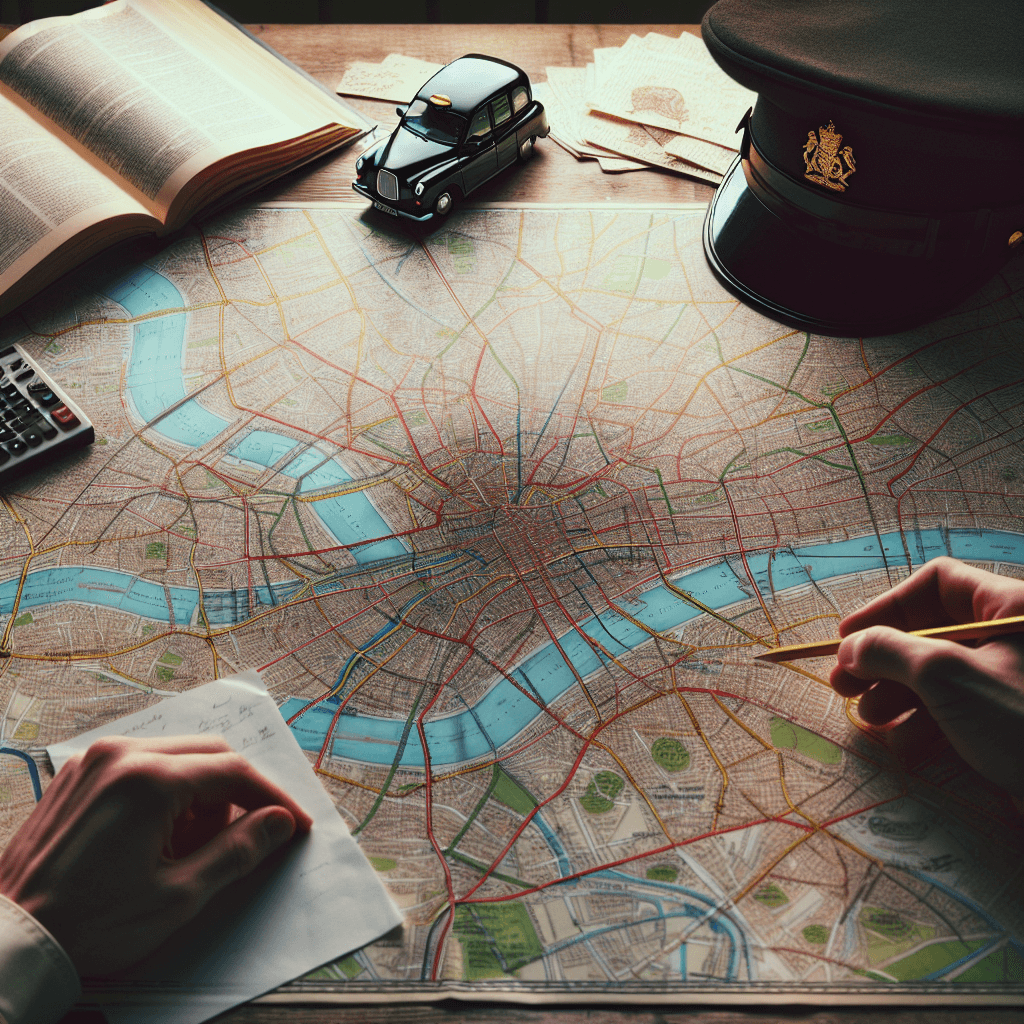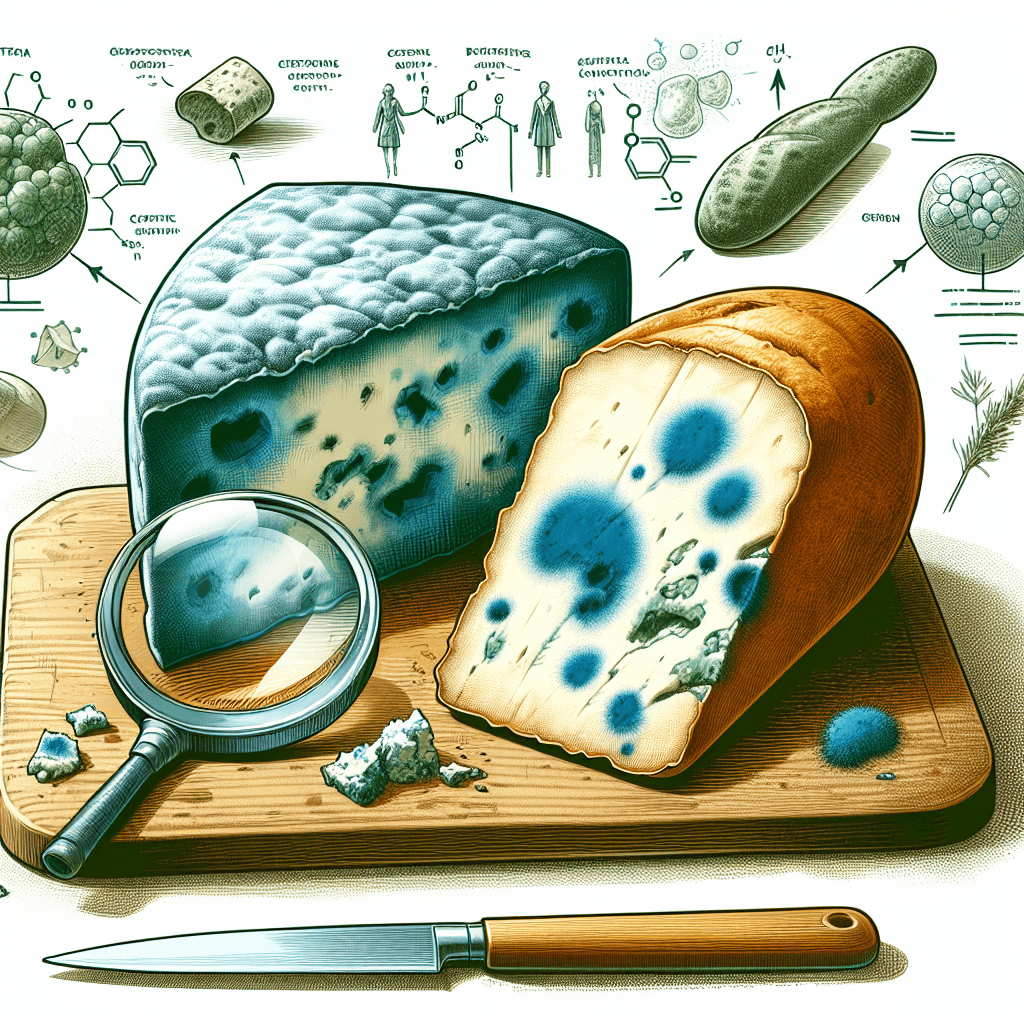What brain-changing test must London cab drivers pass before they can legally drive
It’s a test so notoriously difficult and vast, scientists have proven it physically alters the structure of a driver's brain just to pass it.


Too Long; Didn't Read
TLDR: London cab drivers must pass The Knowledge, a test requiring them to memorize 25,000 streets and thousands of landmarks. This intense multi-year training physically enlarges the hippocampus, the part of their brain responsible for spatial memory.
More Than a Map: What Brain-Changing Test Must London Cab Drivers Pass to Earn Their Badge?
Ever tried navigating the sprawling, chaotic streets of London without a GPS? It's a daunting task. Now, imagine doing it from memory alone, recalling not just 25,000 streets but also thousands of landmarks, from historic pubs to obscure statues. This is the monumental challenge facing aspiring London cab drivers. They must pass a test so demanding it has been scientifically proven to physically alter the structure of their brains. This legendary assessment is called "The Knowledge," and it stands as one of the most difficult tests in the world. This post will explore what The Knowledge entails, the grueling process candidates endure, and the fascinating neurological changes that make it a truly brain-changing experience.
What is "The Knowledge"?
Administered by Transport for London (TfL), "The Knowledge of London" is the comprehensive training and examination process required to become a licensed London taxi driver, or "cabbie." It is not a written exam with multiple-choice questions. Instead, it is a test of pure, unadulterated memory and spatial awareness.
At its core, The Knowledge requires candidates to memorize:
- 320 core routes within a six-mile radius of Charing Cross.
- Approximately 25,000 individual streets branching off these routes.
- Roughly 20,000 "points of interest" (POIs), including hotels, museums, hospitals, theatres, restaurants, embassies, and historical landmarks.
The goal is for a driver to be able to mentally picture the map of London and, when given any two points, recite the most direct and efficient route between them without hesitation. This includes naming streets, navigating one-way systems, and pointing out landmarks along the way.
The Grueling Path to a Green Badge
The journey to earning the coveted green badge that signifies a licensed All-London driver is long and arduous, typically taking two to four years of dedicated, full-time study. Trainees, affectionately known as "Knowledge Boys" or "Knowledge Girls," begin this marathon with a copy of the official Blue Book, which outlines the 320 core routes.
The process involves:
- Hitting the Streets: Candidates spend countless hours on scooters, physically driving the routes over and over again. They brave all weather conditions, meticulously memorizing every turn, traffic light, and point of interest.
- "Calling Over": Trainees often work in pairs or small groups, quizzing each other relentlessly to drill the routes into their long-term memory.
- Appearances: The formal examination process consists of a series of one-on-one oral tests called "appearances." A candidate sits opposite an examiner who gives them a starting point and a destination. The candidate must then "call the run," verbally reciting the shortest, most practical route. Early appearances are short, but they become progressively longer and more obscure as the candidate advances. A single mistake or hesitation can result in failure, sending them back to study for several more weeks.
The dropout rate is incredibly high, with some estimates suggesting that only 20-30% of those who start The Knowledge ever complete it.
The Neuroscience Behind the Navigate: A Bigger Brain?
The most remarkable aspect of The Knowledge is its tangible effect on the brain. Neuroscientists at University College London (UCL) conducted a landmark study on London cabbies, wanting to see what impact this intense spatial memory training had on their neuroanatomy.
Using MRI scans, the researchers, led by Eleanor Maguire, made a groundbreaking discovery. They found that qualified London taxi drivers had a significantly larger posterior hippocampus compared to a control group. The hippocampus is the region of the brain heavily associated with memory, particularly spatial and navigational memory.
This finding is a powerful real-world example of neuroplasticity—the brain's incredible ability to physically reorganize itself in response to learning and experience. The study also revealed that the size of the hippocampus correlated directly with the amount of time a driver had been on the job. The longer they had been navigating London from memory, the larger that specific brain region had grown. The intense training required to pass The Knowledge literally reshaped their brains to create a highly detailed, internal cognitive map of the city.
Conclusion
In an era dominated by satellite navigation and GPS apps, The Knowledge of London stands as a powerful testament to the potential of the human brain. It is far more than a simple driving test; it's an intellectual and psychological marathon that demands years of sacrifice, discipline, and unparalleled memorization skills. It ensures that London’s black cab drivers offer a gold standard of service, built not on technology, but on a deep, ingrained understanding of their city. So, the next time you hail a black cab, remember you’re not just getting a ride—you’re being chauffeured by someone who has physically rewired their brain to master London's labyrinthine soul.
More Articles

Why is it safe to eat the mold in blue cheese but not on bread?
One mold is a carefully cultivated delicacy, while its cousin on your bread is growing dangerous, invisible toxins—we'll break down the crucial difference.

Why does fresh pineapple prevent gelatin desserts from becoming solid?
It's not a kitchen mistake; it's a case of culinary sabotage at the molecular level. Discover the powerful, protein-devouring enzyme in fresh pineapple that's actively digesting your dessert before it can even set.

Why are some ships deliberately fitted with metal blocks that are designed to be destroyed?
It sounds like madness, but these humble metal blocks are designed with a single, vital mission: to sacrifice themselves to the sea, preventing the ship's massive hull from being eaten alive.